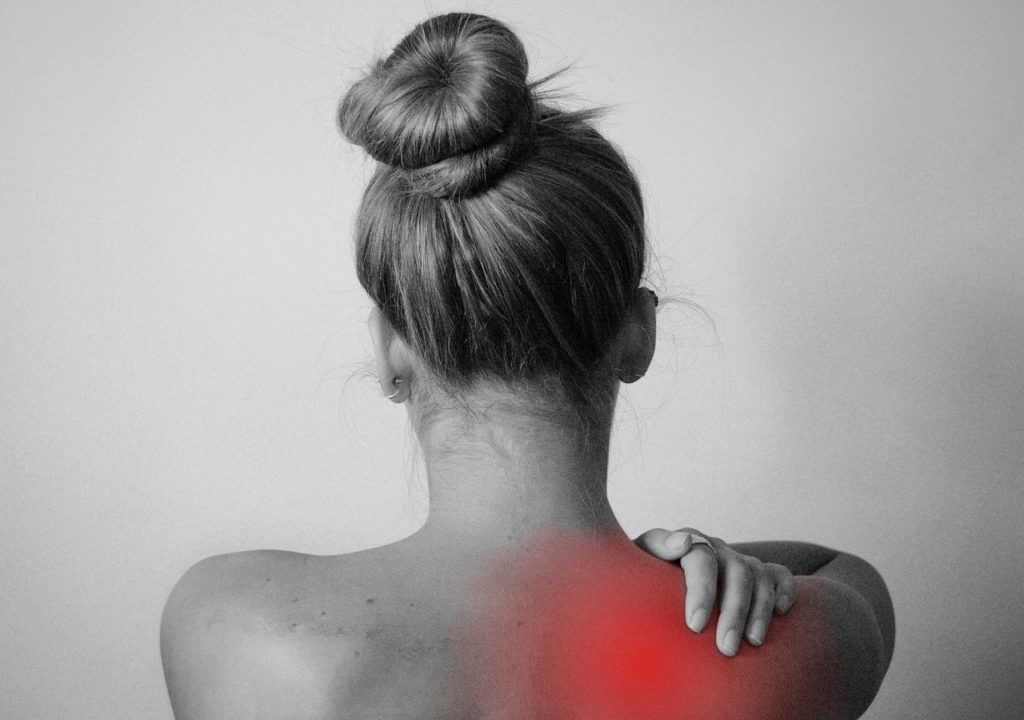
When speaking with a client about their long-time pain or recent injury, I usually offer many different ideas to help them create a Pain Control Toolbox. Therapeutic use of thermal modalities like heat or cold is a common and readily available tool. One of the most common questions I am asked is which one will work better. If you search Google to ask this question, multiple websites will appear with information and guidance. While the decisions are sometimes straightforward, in my experience it can be helpful to consider several unique factors not addressed in many online articles.
“I hate cold.”
Some people really don’t like cold. Some people really don’t like heat. I’ve observed a basic human trait over the years and this is true of myself as well…we usually don’t continue things we don’t like! When it comes to continuing one’s self care, this becomes very important. If your back hurts every time you garden, you may have been advised by your doctor or Physical Therapist to ice your back right after gardening. If you hate using ice, it’s not likely you’ll continue this potentially very helpful practice long term. However, using heat will help as well and if you like heat, you’ll be developing a routine that may spare you a lot of discomfort for many years. Using the modality you prefer, even if it’s not identified as the “best” choice, will be better than doing nothing at all.
There are certainly a few exceptions. For an acute injury, like a sprained ankle, it’s very important to use ice and avoid heat for the first 48-72 hours. However, even if you hate cold, in this instance, you only need to use it for a short time.
So in this example, the answer to WHAT’S BETTER…HEAT OR COLD? is…whichever one you like best!
“It doesn’t help. The pain keeps coming back.”
Many people stop using heat and cold because it doesn’t keep the pain away. While it may feel better during the application or for a short time after, the pain comes back. You conclude it didn’t help and therefore wasn’t worth the time. This can be especially true for people whose pain has become chronic.
To understand the reason the pain comes back, it’s helpful to think about the nature of tools. Tools are often limited to a particular use. A hammer, for example, is very useful if the task involves nails. We know the hammer will not help to tighten a screw so we don’t usually choose a hammer from the toolbox for jobs involving screws.
If we look at heat and cold as tools, here are the “nails” for these particular “hammers.” Thermal modalities work by causing a temporary change in local blood flow and, in the case of ice, a temporary slowing of nerve conduction, meaning the message from your muscle takes longer to get to your brain, so the pain hurts less. The key word here is temporary. That defines the limitations of these particular tools. From this perspective, it might be anticipated that the pain would return.
“If the pain keeps coming back, why should I bother to use it?”
One big reason is you feel better for the time the heat/ice is on! Let’s use heat as an example. If your pain was 6/10 and for the 20 minutes while using heat, your pain drops to 2/10, that’s a much more enjoyable 20 minutes. The heat may also feel soothing and relaxing, which also helps pain. And if you use heat multiple times during the day, that’s potentially a much more enjoyable day.
Another important benefit is what I like to call the TLC effect. The TLC effect is one explanation for why Mommy kissing your skinned knee takes the pain away. From an integrative medicine perspective, this loving attention is a powerful healing factor. When we apply ice or heat, we are in essence giving ourselves TLC. The overall healing effect of this simple act should not be underestimated. In my years of work with people with chronic pain, I’ve witnessed people transforming the quality of their lives by implementing consistent TLC, even something as simple as using a heating pad twice a day.
For information on using heat and cold as well as do’s and dont’s, this is a good article.
